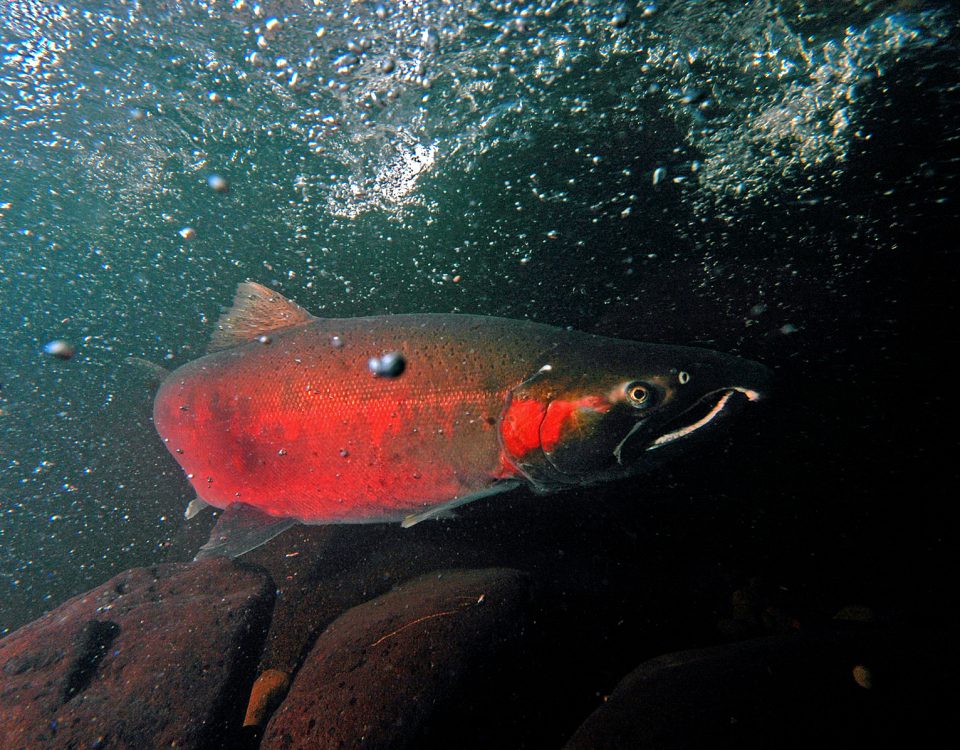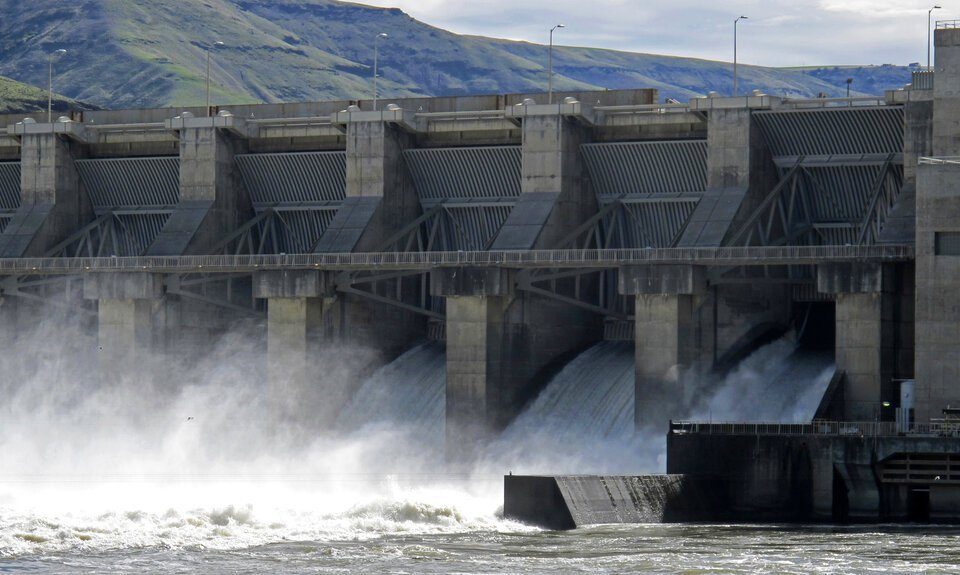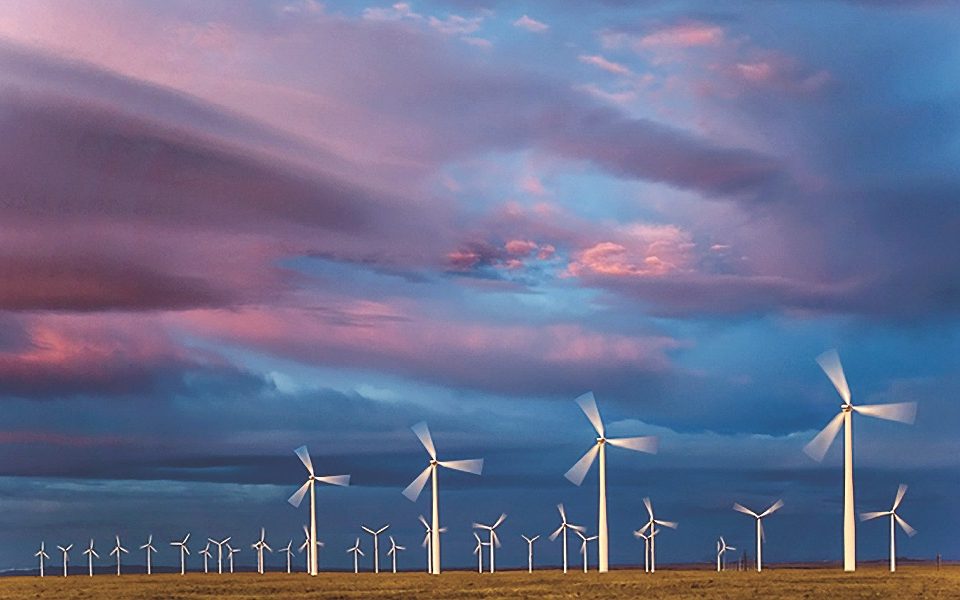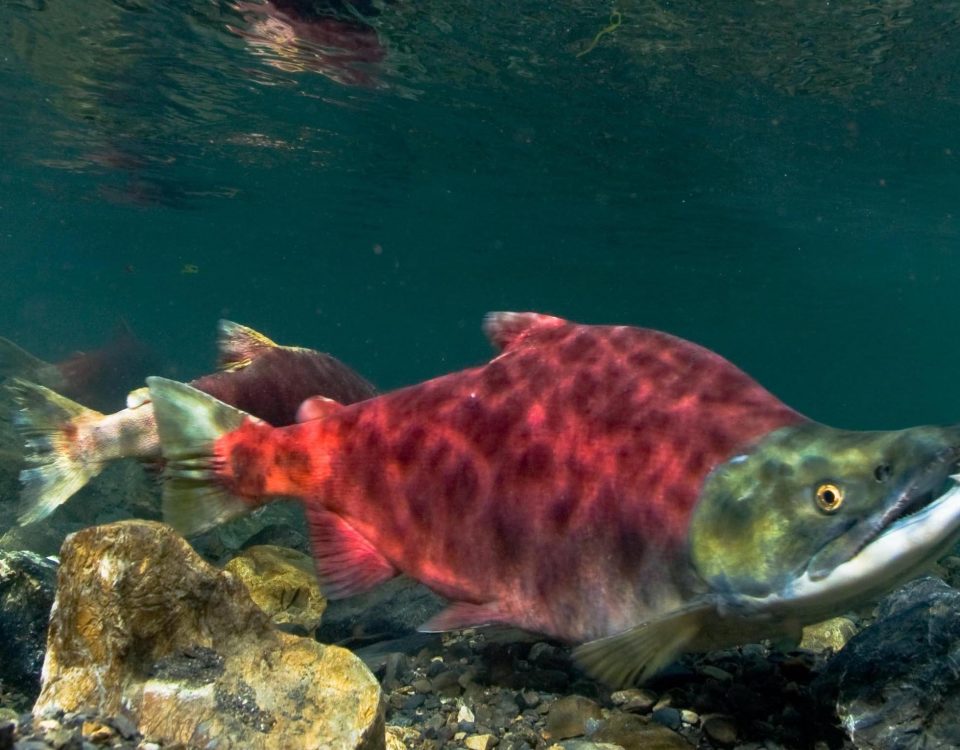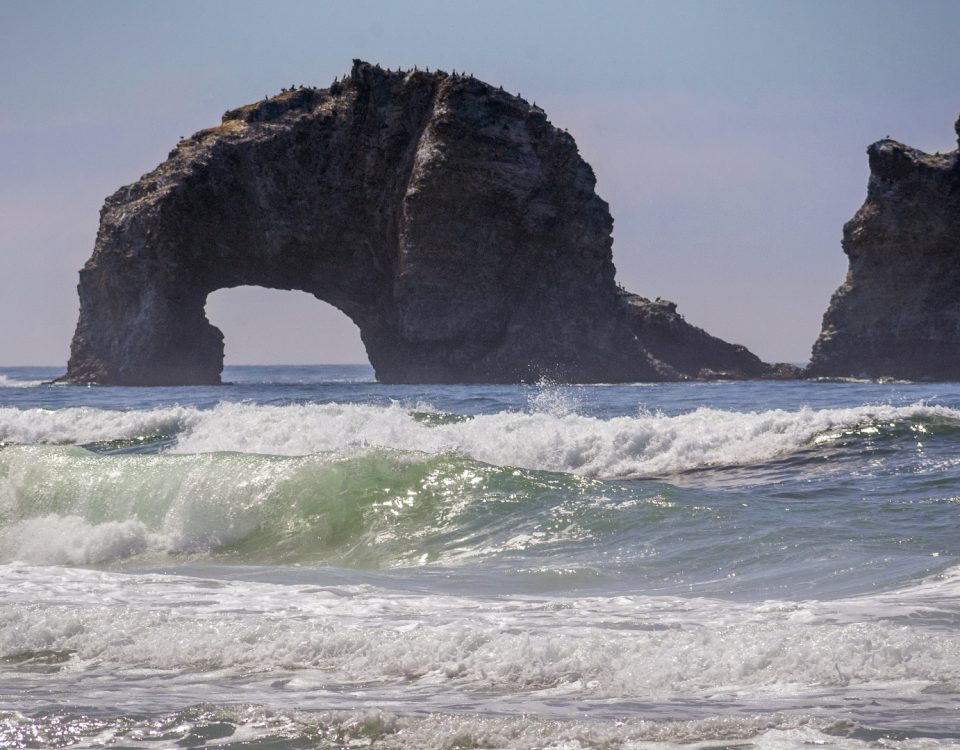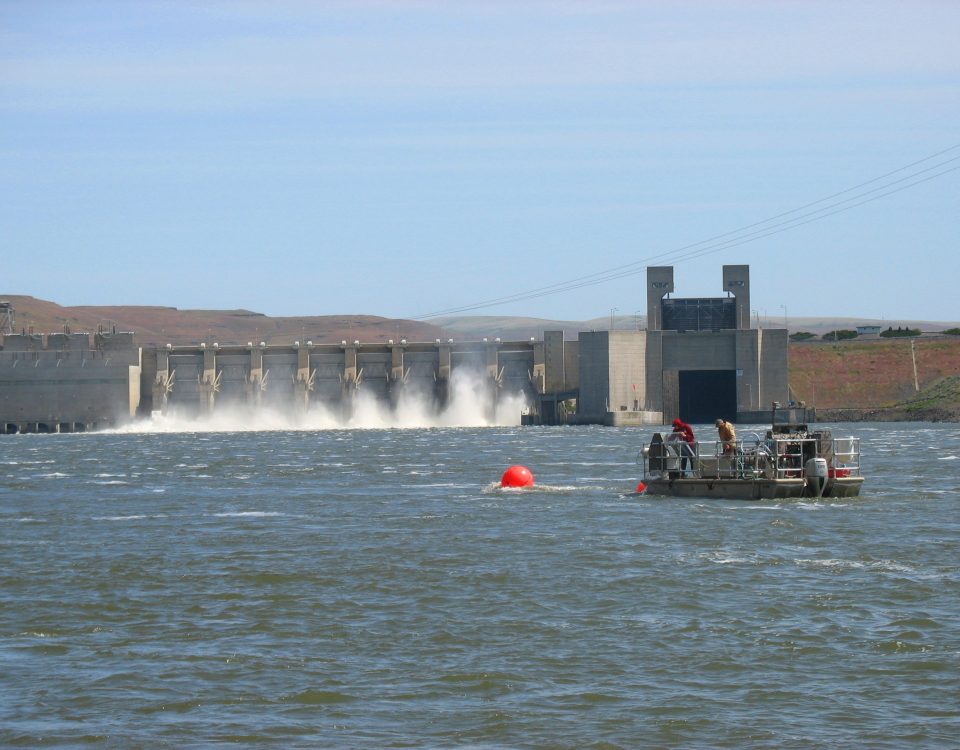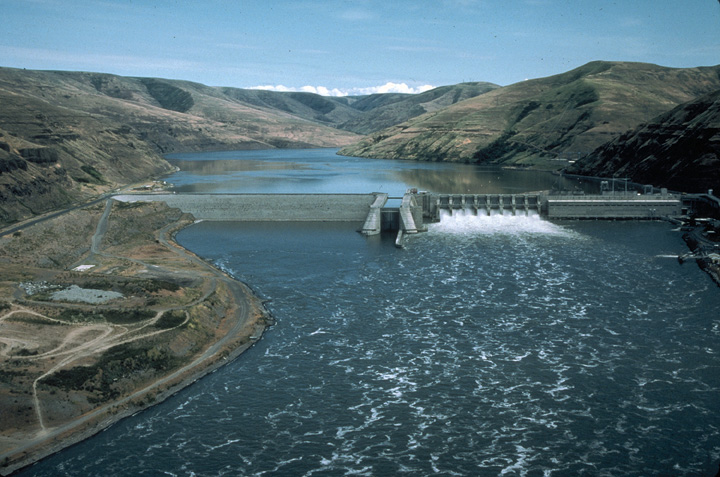November 1, 2019
Miller wants to blame the decimation of Snake River salmon populations on anything but the four lower Snake River dams. So he invokes overfishing that took place 80 years ago and adverse ocean conditions. If those sound like evasions, it’s because they are. Fish biologists agree that removing the dams is the most important step we can take to restore salmon whose populations have dropped by 90% since the dams were built.

